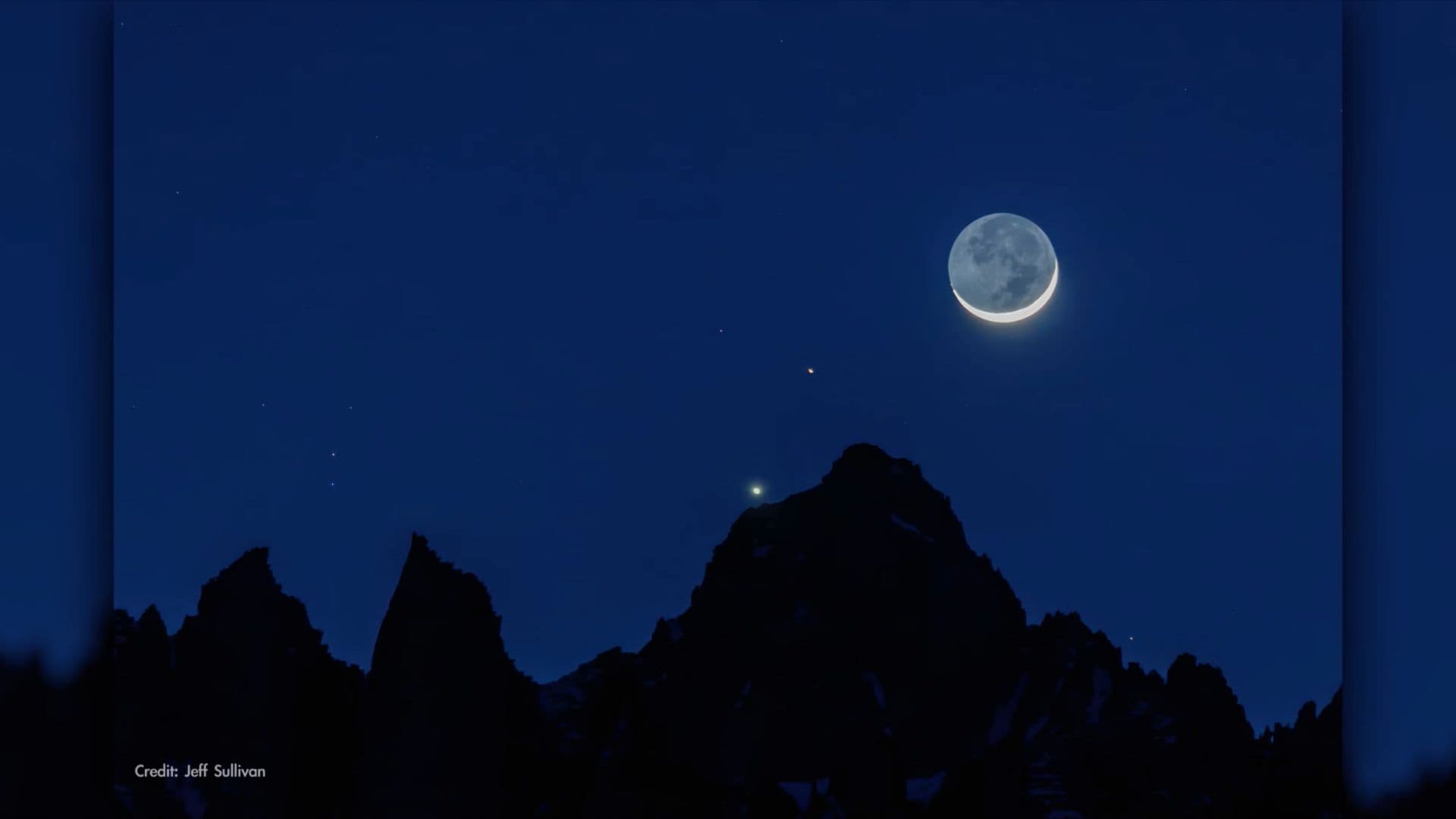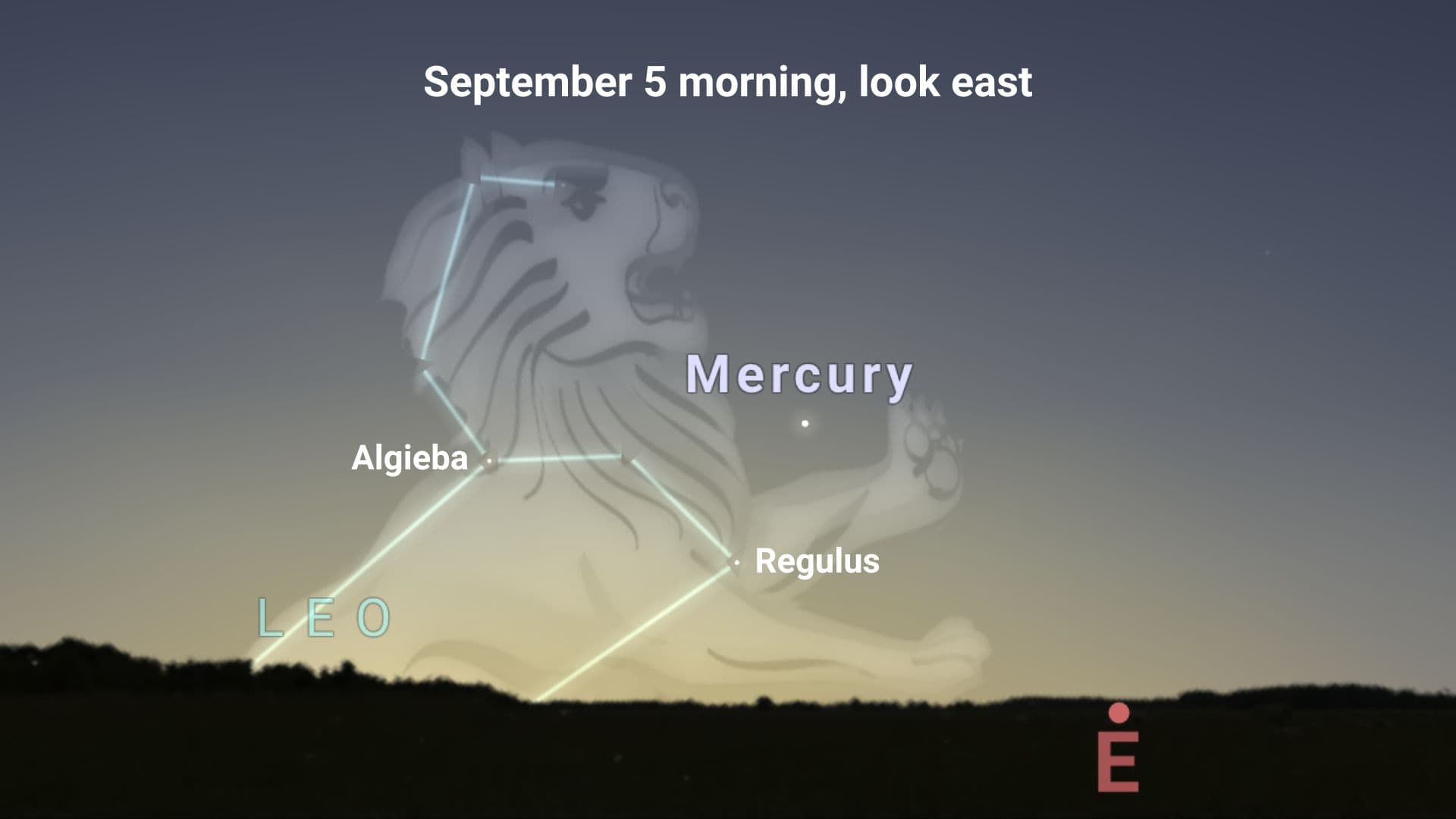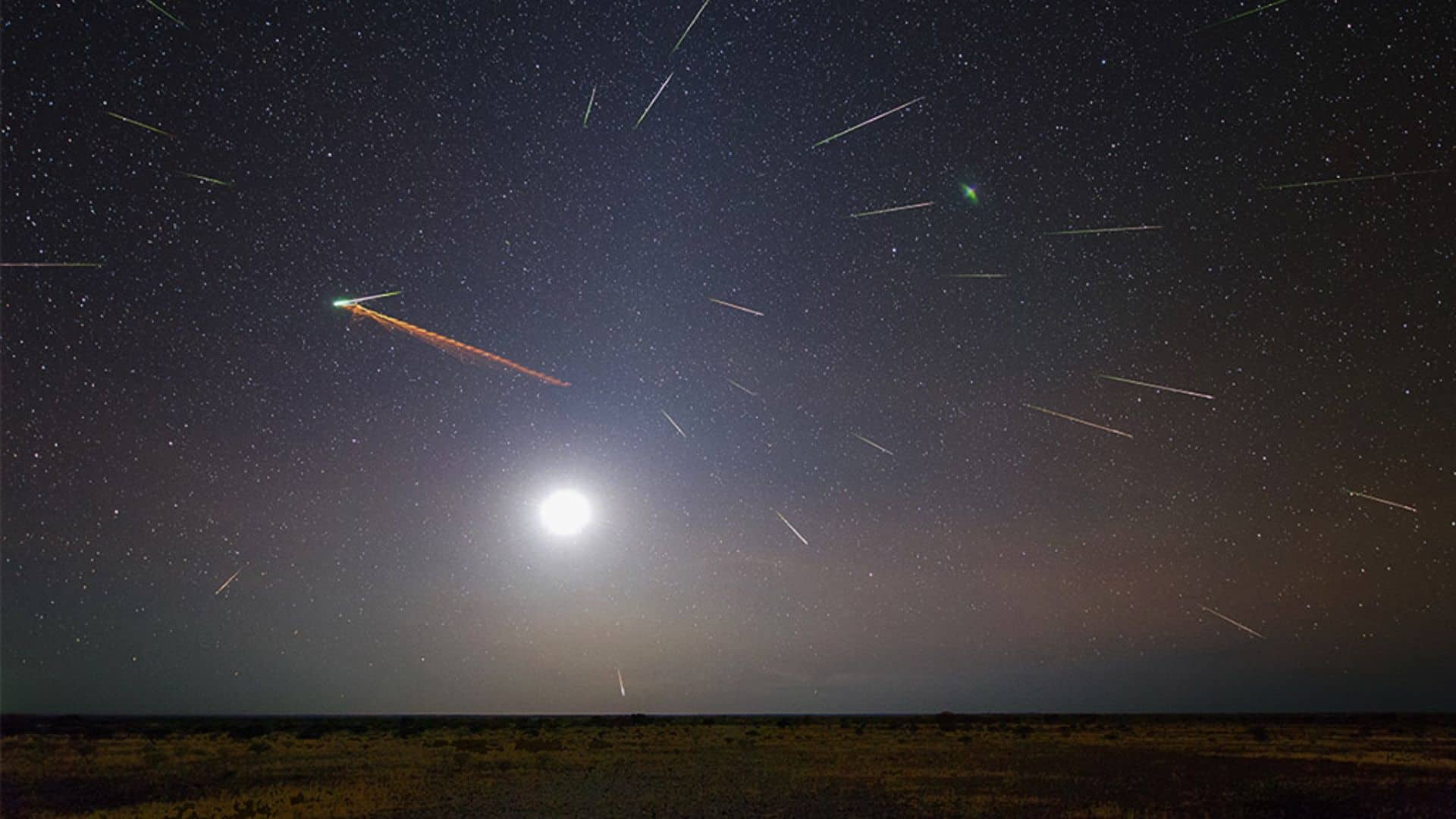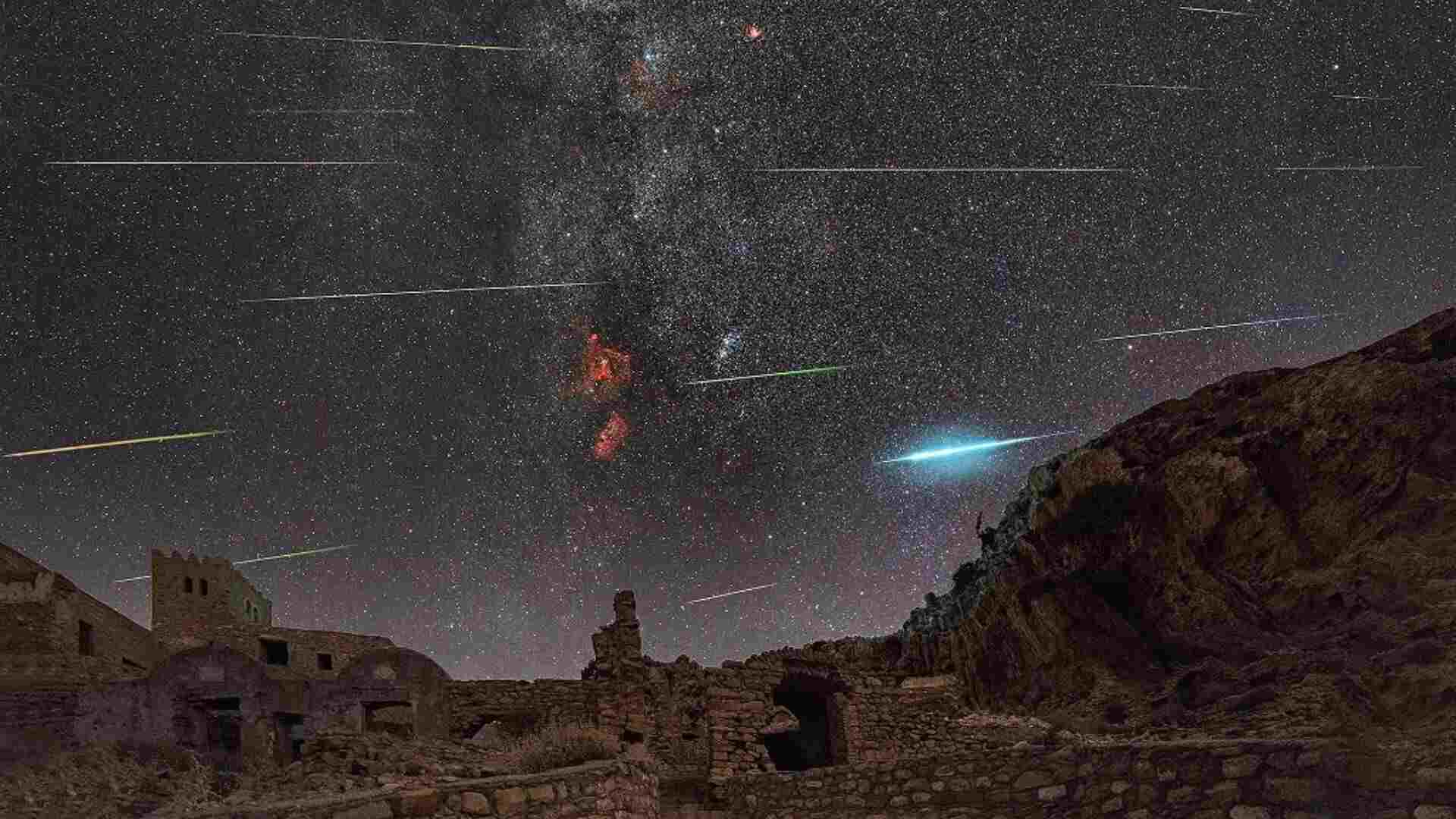Venus at perihelion
The orbit of Venus around the sun is not perfectly circular. As a result, the distance of Venus from the sun changes over time.
Venus reaches perihelion, meaning it reaches the closest point to the sun in its elliptical orbit. Here, perihelion comes from two words: peri, meaning near, and helios, meaning sun, more specifically the god of the sun in Greek mythology.
The average distance of Venus from the sun is 108,210,000 km, and at perihelion, it is 107,480,000 km, according to NASA.
Venus takes about 225 days to orbit the sun once. So it reaches perihelion every 225 days in its orbit.
Next perihelion of Venus in 2024
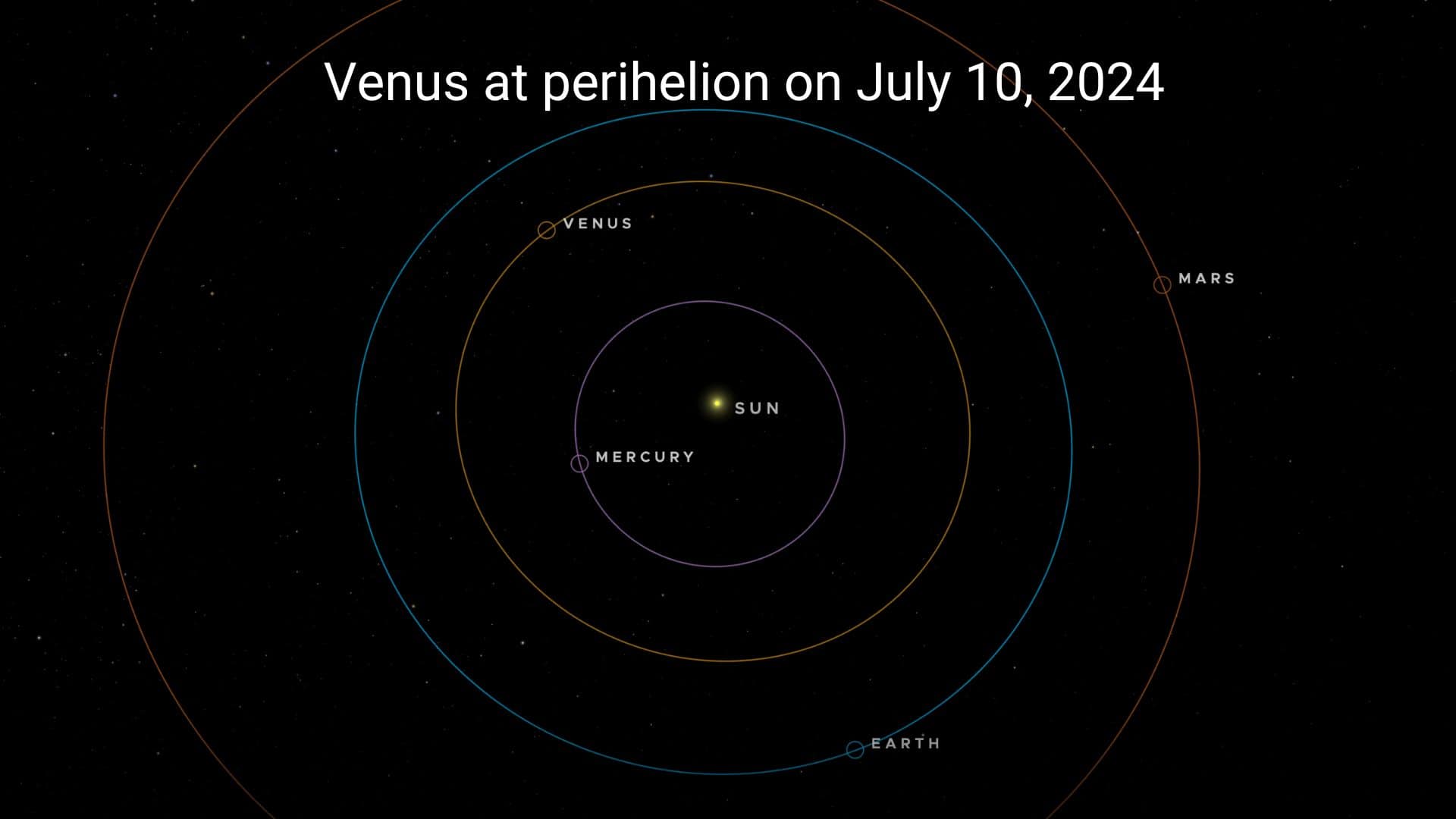
Venus will reach its next perihelion in 2024, on Wednesday, July 10, at 02:00 UTC (10:00 p.m. EDT on July 9), according to NASA astrophysicist Fred Espenak.
Distance from the sun: During the perihelion, the distance of Venus from the sun will be 0.71846 A.U. or 107,480,086 km.
Distance from the earth: During the perihelion, the distance of Venus from the earth will be 1.69937 A.U. or 254,222,134 km.
Brightness: During the perihelion, Venus will shine with a magnitude of -3.5 in our sky.
Disk size: During the perihelion, the angular diameter of Venus will be 9.8 arcseconds.
Phase of Venus: During the perihelion, Venus will be in the waning gibbous phase and 98% illuminated.
Upcoming dates of perihelion of Venus
| Date | Time (UTC) | Distance from the sun (A.U.) |
|---|---|---|
| July 10, 2024 | 02:00 | 0.71846 |
| February 19, 2025 | 18:00 | 0.71845 |
| October 2, 2025 | 11:00 | 0.71842 |
Related article: All you need to know about Venus at aphelion in 2024
Please follow us on Facebook and Twitter to get latest space news, upcoming skywatching events and astronomy-related content.
